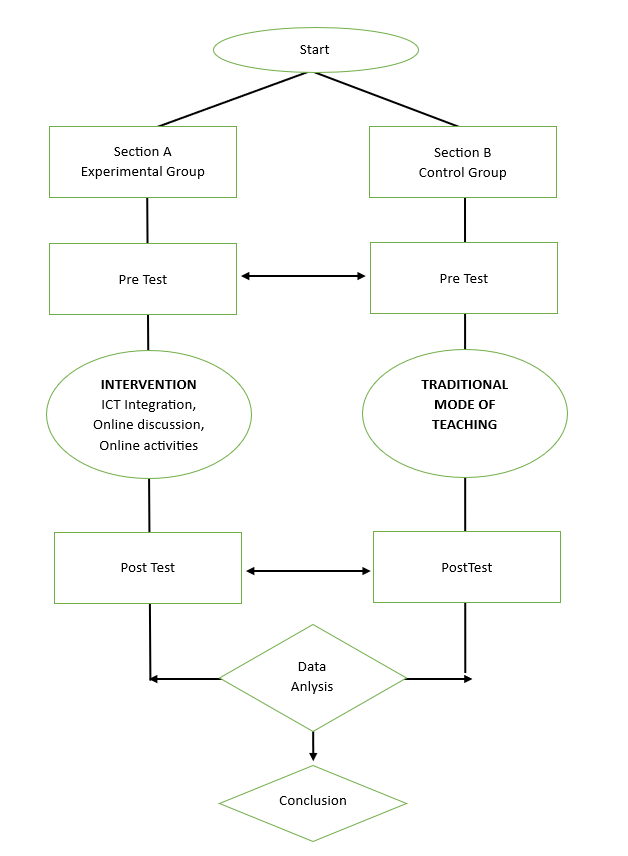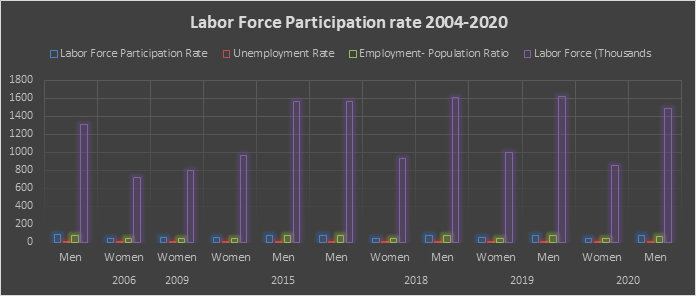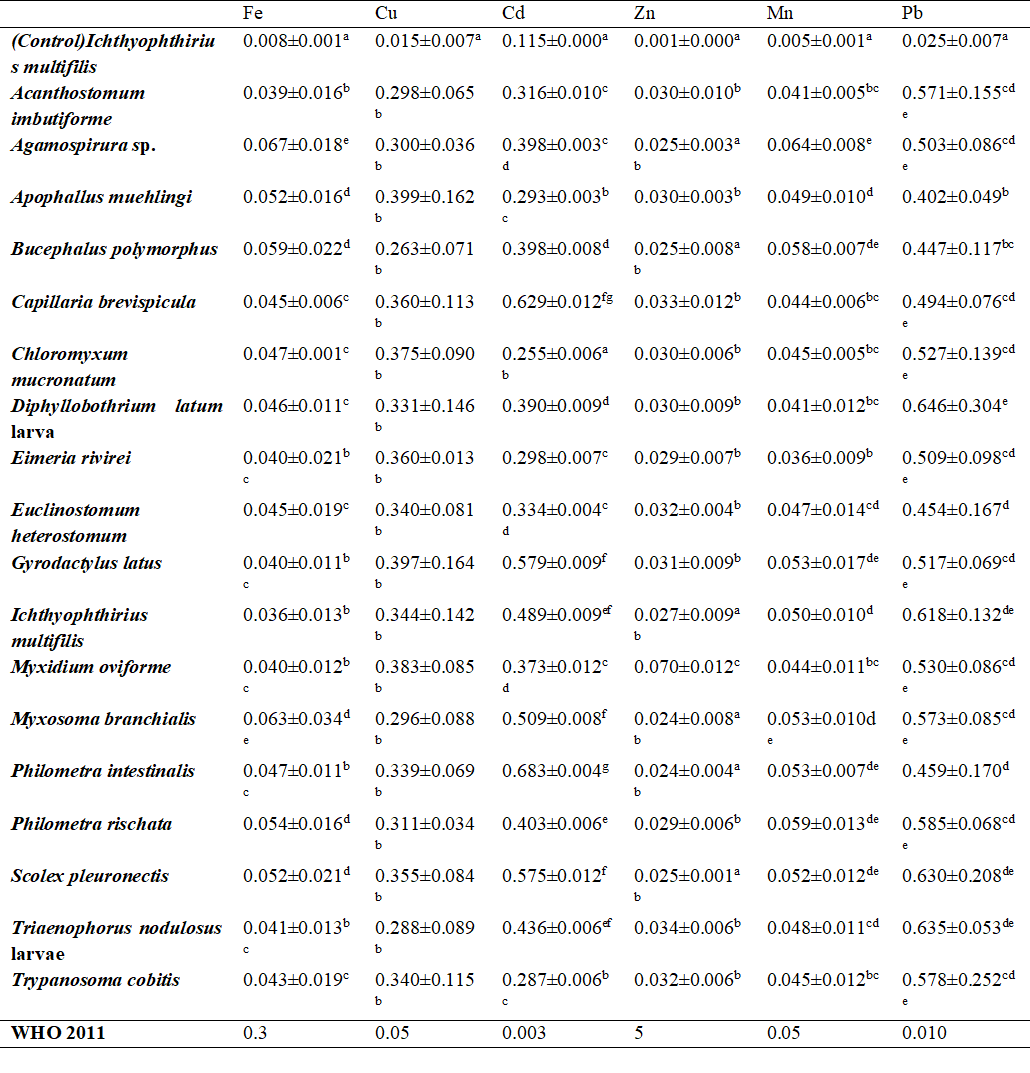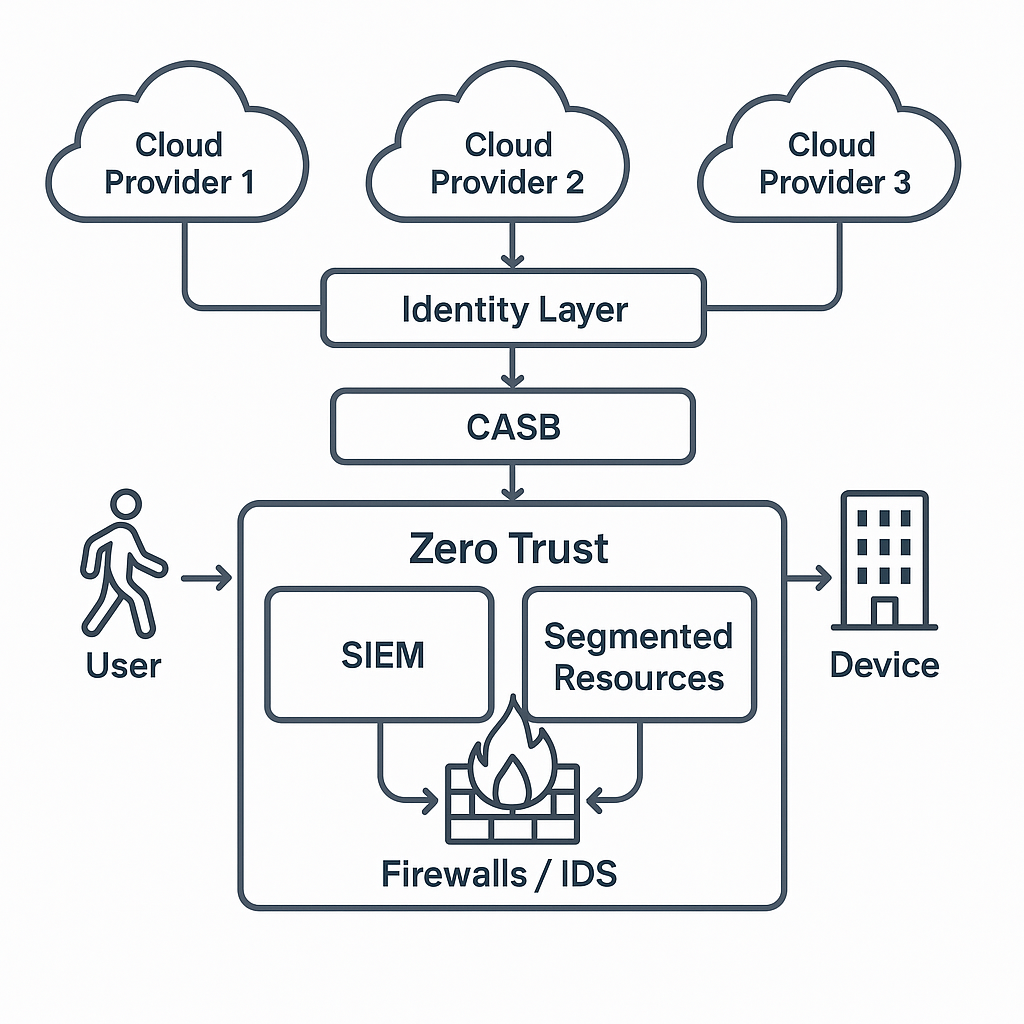Vol. 7 No. 12 (2024)
Published:
2024-12-03
Articles
-
Students’ Evaluation of The Academic Performance Through Interactive Multimedia Integration in A State College
01-05 316 172 -
Five to Five: Sex-Disaggregated Issues in Bicol Region (V), Philippines Through the Lens of SDG 5 None
06-22 680 246 -
-
Clarias Gariepinus Parasites as Bioindicator For Assessing Water Quality in Omi Dam, Kogi State, Nigeria
29-35 168 70 -
Zero Trust in Practice: How Enterprises Are Implementing Zero Trust Architectures Across Multi-Cloud System
36-46 246 61








